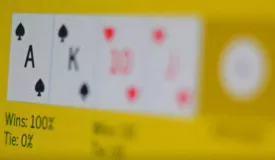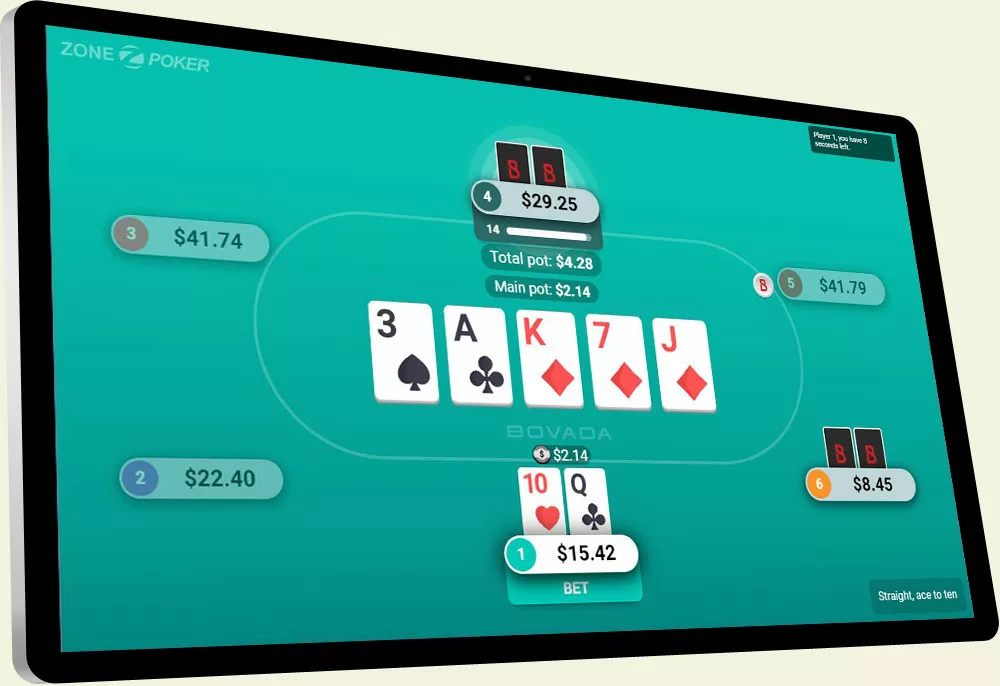Beginner’s Strategy for Pineapple Poker
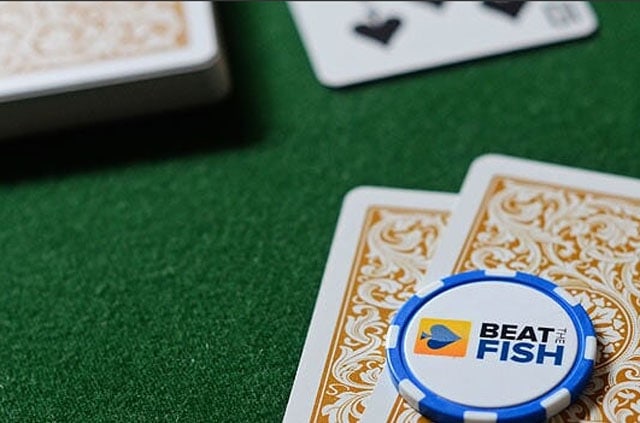
Pineapple is a variation of poker that is similar to Texas Hold’em.
The main difference is instead of players receiving two cards to start the hand they receive three. What happens to the third card, and when it happens, determines the variation of Pineapple. The game can be played as no limit, pot limit or limit.
Here are the most common forms of Pineapple poker.
Table of Contents
Common variations of Pineapple Poker
There are two popular versions of Pineapple poker and a few more that are harder to find.
Simple Pineapple
The most common is just called Pineapple. When playing this version each player discards one of his or her cards before any betting rounds or the flop. Play then proceeds exactly like a game of Texas Hold’em.
Crazy Pineapple
The other popular version is called Crazy Pineapple. In Crazy Pineapple the players discard their third card after the flop. Otherwise the round is played out just like the explanation above.
Lazy Pineapple
Two other versions are called Lazy Pineapple, also known as Tahoe, and Super Hold’em. When playing Lazy Pineapple players keep all three hole cards throughout the entire hand. The players can still only use a maximum of two hole cards to make their best five card hand.
Super Hold’em
I understand that it could be argued that Super Hold’em belongs in the variations of Hold’em, but it has at least as much to do with Pineapple as Hold’em so I have included it here.
In Super Hold’em each player keeps all three cards throughout the hand and are allowed to use all three of them to make their final hand. They can use 3, 2, 1, or none of their hole cards.
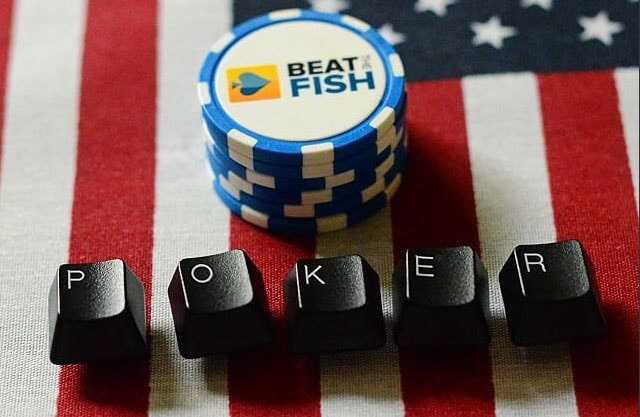
How to Play Pineapple Poker
If you aren’t familiar with Texas Hold’em, here is a complete round of play for a Pineapple game.
The dealer position
One player is chosen as the dealer, usually by a random shuffle and deal. The player who receives the highest card starts as the dealer.
The dealer position is designated with a button and is passed to the left after each hand. Note that in poker rooms the player with the dealer button doesn’t actually deal.
The blinds
The player to the immediate left of the dealer button places a forced wager called a small blind.
The next player to the left places a forced bet called the big blind. The small blind is half the big blind, and the amount is determined by the table limits or stakes. For example, in a limit game the big blind is equal to the smaller limit. In a 10/20 game the big blind is 10 and the small blind is 5.
In a no limit game the blinds are set by the house and are often a percentage of the maximum buy-in. The big blind will often be 10 in a 1,000 buy in, but this is not always the case. Many tables have larger maximum buy ins, or even uncapped buy ins.
Each player received 3 cards
Once the bets are placed each player receives three cards, one at a time, starting with the small blind. Once all cards are received, each player discards one of their cards.
The player to the left of the big blind then either folds, calls the big blind or makes a raise. Play continues to the left until all of the players have folded or called the most recent wager.
The flop
The dealer then deals three cards, called the flop, face up in the center of the table. These are community cards used by all players in combination with their hole cards to make the best possible five card poker hand.
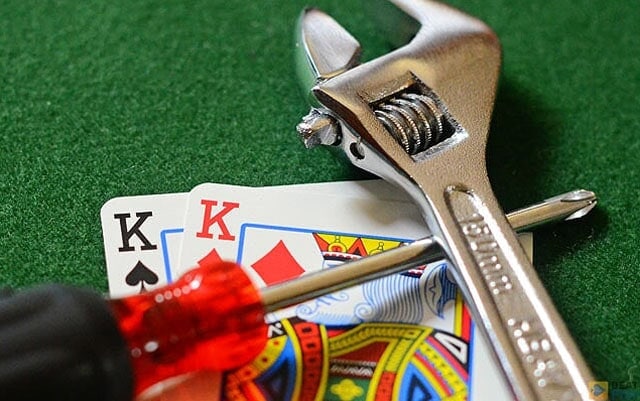
The first player remaining in the hand to the left of the dealer is the first to act on the next round of betting. He or she may check or bet. Play continues to the left.
The Turn and River
Once the flop betting round is over the dealer puts one more card face up beside the flop. This is called the turn card.
Another round of betting is completed and then the final community card, the river, is turned face up beside the other four cards. The final round of betting is then conducted.
Showdown and how many cards you can use to make your hand
After this final round, each player uses any combination of the five community cards and their two hole cards to make their best five card hand. They can use both hole cards, one hole card or neither of their hole cards, which is just like standard Hold’em.
This rule is important to remember as many players may get confused with Omaha in which you must use exactly two of your hole cards and exactly three community cards to make your hand.
Basic Winning Pineapple Strategy
Just like Omaha, most players who start playing one of the Pineapple variations are looking for a change of pace to Texas Hold’em.
Most players tend to start playing Pineapple using the exact same strategy as they use playing Hold’em, which can quickly get them in trouble.
Here is some basic strategy advice for Pineapple. There is not enough room on this page for an advanced discussion of Pineapple strategy, but this advice will go a long way to getting you started.
Figuring out the best approach
In regular Pineapple the same strategy you use to win while playing Texas Hold’em is fairly close to the best strategy.
The average winning hand value is higher in Pineapple than in Texas Hold’em, so you need to concentrate on better hands than average Hold’em hands.
You will see more sets and full houses because players are more likely to hold a pair pre-flop than they are in Hold’em.
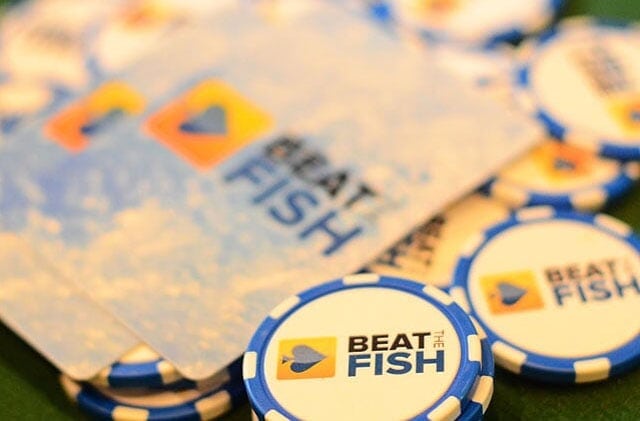
You need to have the nuts more often than Hold’em
There is a saying in Omaha that you need to either have the nuts or be drawing to the nuts after the flop. While this is not 100% accurate for Pineapple it is not a bad way to think about your hand and what your opponents may be holding.
The truth is it isn’t even 100% accurate in Omaha, but it does help you determine the actual strength of your hand. The advice about the Omaha saying above becomes even more important in the other three variations of Pineapple covered here.
The best possible hands are more likely to be out there and the second and third-best possible hands are even more likely to turn up.
If you are holding, or worse, drawing to, a third or fourth best possible hand you need to get out of the pot. It can even be dangerous to have or draw to possibly second best hands.
The big basic strategy lesson is you need a better hand on average to win Pineapple games than you do to win Texas Hold’em games or poker variations with only two players.. As you gain more experience you will quickly pick up on this. Just make sure you adjust your play accordingly.

